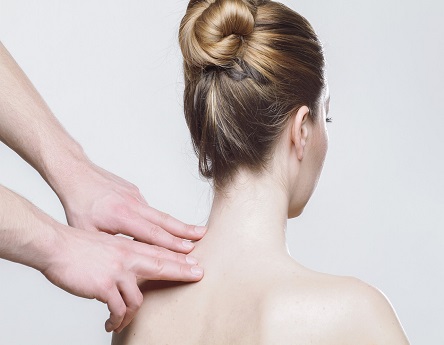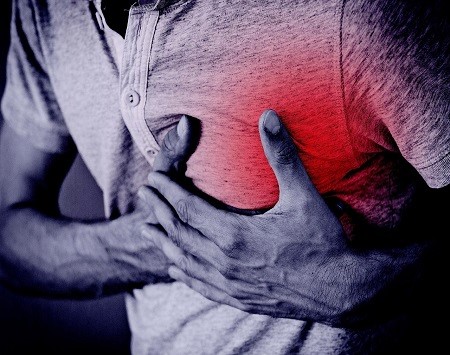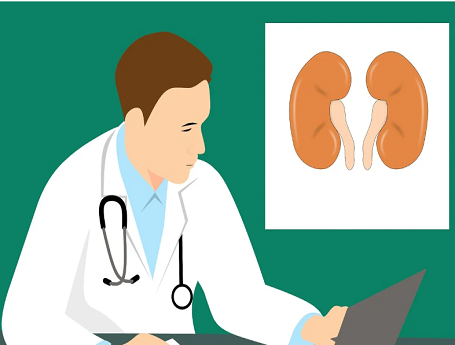 hen acromioclavicular (AC) joint gets damaged or dislocated, it is similar to an important gear in a machine going haywire. The AC joint, where the collarbone (clavicle) connects with the highest point of the shoulder blade (acromion), is essential for shoulder movement and stability. Injuries to the AC joint can significantly impact daily activities and athletic performance. This article offers a comprehensive guide to AC joint reconstruction in Singapore, covering the anatomy of the AC joint, indications for surgery, surgical techniques, postoperative care, potential complications, and more.
hen acromioclavicular (AC) joint gets damaged or dislocated, it is similar to an important gear in a machine going haywire. The AC joint, where the collarbone (clavicle) connects with the highest point of the shoulder blade (acromion), is essential for shoulder movement and stability. Injuries to the AC joint can significantly impact daily activities and athletic performance. This article offers a comprehensive guide to AC joint reconstruction in Singapore, covering the anatomy of the AC joint, indications for surgery, surgical techniques, postoperative care, potential complications, and more.
AC joint explained
The AC joint is a critical component of the shoulder girdle, allowing for the movement and stability of the shoulder complex. It consists of the acromion, a bony prominence on the scapula, and the distal end of the clavicle. Ligaments, including the acromioclavicular ligament and the coracoclavicular ligament, stabilize the joint and facilitate its function. The AC joint allows for the fine adjustments in shoulder positioning that are essential for activities such as lifting, reaching, and throwing.
Injuries to the AC joint are common, particularly among athletes involved in contact sports or activities that involve overhead motions. AC joint separations or dislocations, often resulting from direct trauma or falls onto the shoulder, are among the most frequent injuries. These injuries can range from mild sprains to complete disruptions of the joint, leading to pain, swelling, and functional impairment. Chronic instability or severe dislocations may necessitate surgical intervention to restore normal function and alleviate symptoms.
Indications for AC joint reconstruction
Determining whether AC joint reconstruction in SIngapore is necessary involves evaluating the severity of the injury and the effectiveness of conservative treatments. AC joint injuries are classified into different types based on the extent of disruption:
* Type I: Minor sprains with no significant displacement.
* Type II: Partial separation with a slight displacement of the clavicle.
* Type III: Complete separation with significant displacement of the clavicle.
* Type IV: Posterior displacement of the clavicle.
* Type V: Severe displacement with a widening of the coracoclavicular distance.
* Type VI: Inferior displacement of the clavicle.
Conservative treatments, such as rest, ice, physical therapy, and pain management, are often effective for Type I and Type II injuries. However, for more severe injuries (Type III and above) that do not improve with conservative measures or for those resulting in persistent pain and dysfunction, AC joint reconstruction may be indicated. The purpose of surgical intervention is to restore the anatomical alignment of the joint, improve shoulder function, and reduce pain.
Preoperative assessment and planning
Preoperative assessment is needed for ensuring the best possible outcome from AC joint reconstruction in Singapore. The process typically begins with a thorough physical examination and assessment of the patient’s symptoms and functional limitations. Diagnostic imaging, including X-rays and MRI, helps evaluate the extent of the injury and guide surgical planning. X-rays provide a basic view of the joint’s alignment and displacement, while MRI offers detailed images of soft tissues, such as ligaments and tendons.
Preoperative planning involves selecting the appropriate surgical approach based on the injury’s severity and the patient’s overall health. Surgeons consider factors such as the patient’s age, activity level, and specific anatomical considerations. This planning process includes choosing between open surgical techniques or minimally invasive arthroscopic approaches, each of which has its own advantages and potential drawbacks.
Surgical techniques for AC joint reconstruction
AC joint reconstruction can be performed using various surgical techniques, each with distinct approaches and benefits. The choice of technique depends on the injury’s severity, the surgeon’s expertise, and the patient’s individual needs.
* Open surgery: Traditional open surgery involves making a larger incision over the AC joint to directly visualize and repair the damaged structures. The surgeon repositions the clavicle and may use grafts or synthetic materials to stabilize the joint. This approach provides a clear view of the joint but typically requires a longer recovery time and results in a more noticeable scar.
* Arthroscopic surgery: Arthroscopic surgery is a minimally invasive technique that uses small incisions and specialized instruments, including a camera (arthroscope), to view and repair the joint. This technique offers the advantage of reduced scarring, less postoperative pain, and a faster recovery. The surgeon can perform the reconstruction by using sutures, anchors, or grafts to restore the joint’s stability.
* Ligament reconstruction: In cases where the AC joint’s ligaments are severely damaged or disrupted, surgeons may perform ligament reconstruction using autografts (tissue taken from the patient’s own body) or allografts (donor tissue). This method involves recreating the damaged ligaments to stabilize the joint and restore its function.
* Joint stabilization techniques: Some techniques focus on stabilizing the joint without full reconstruction. For example, the use of screws or plates may be employed to fix the clavicle in place. These methods can be effective for specific injury types but may require subsequent removal of hardware.
Postoperative care and rehabilitation
Effective postoperative care and rehabilitation are essential for a successful recovery following AC joint reconstruction. Immediately after surgery, the focus is on managing pain and preventing complications. Patients are typically advised to use a sling or brace to immobilize the shoulder and protect the surgical site during the initial healing phase.
Rehabilitation begins with gentle range-of-motion exercises to prevent stiffness and maintain joint flexibility. As healing progresses, physical therapy focuses on strengthening the shoulder muscles, improving endurance, and gradually restoring functional movements. The rehabilitation process is typically divided into phases:
* Early phase (0-6 weeks): Emphasis on reducing pain and inflammation, along with passive range-of-motion exercises.
* Intermediate phase (6-12 weeks): Introduction of active range-of-motion exercises and strengthening activities.
* Late phase (12 weeks and beyond): Advanced strengthening exercises, sport-specific training, and gradual return to normal activities.
Patients are encouraged to follow their rehabilitation program closely to achieve the best possible outcome. The timeline for returning to full activity varies depending on the individual and the type of surgery performed, but most people can expect to resume normal activities within 4 to 6 months.
The future of AC joint reconstruction
The field of AC joint reconstruction in Singapore is continually evolving, with ongoing research and advancements shaping future practices. Emerging techniques and technologies include:
* Enhanced surgical tools: Innovations in surgical instruments and techniques aim to improve precision and reduce recovery times. Advances in imaging technology also aid in better preoperative planning and intraoperative visualization.
* Regenerative medicine: Research into regenerative medicine, such as stem cell therapy and biologic agents, holds promise for improving healing and reducing the need for invasive procedures. These approaches could potentially enhance the repair of damaged tissues and accelerate recovery.
* Personalized medicine: Advances in personalized medicine may lead to tailored treatment plans based on individual patient characteristics, such as genetic profiles and activity levels. This approach aims to optimize outcomes and minimize risks.







